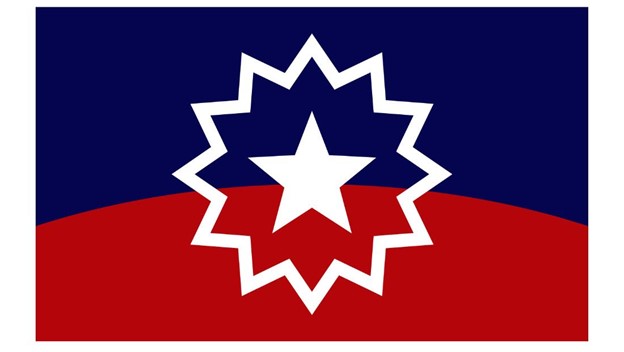The History of Juneteenth
Juneteenth (officially Juneteenth National Independence Day) and also known as Jubilee Day, Emancipation Day, Freedom Day, and Black Independence Day is a federal holiday in the United States commemorating the emancipation of enslaved African Americans. It is also often observed for celebrating African American culture. Originating in Galveston, Texas, it has been celebrated annually on June 19 in various parts of the United States since 1865. The day was recognized as a federal holiday on June 17, 2021, when President Joe Biden signed the Juneteenth National Independence Day Act into law. Juneteenth’s commemoration is on the anniversary date of the June 19, 1865, announcement of General Order No. 3 by Union Army general Gordon Granger, proclaiming freedom for enslaved people in Texas, which was the last state of the Confederacy with institutional slavery.
Source: https://en.wikipedia.org/wiki/Juneteenth.
GENERAL ORDERS No. 3.
HEADQUARTERS DISTRICT OF TEXAS,
Galveston, Tex., June 19, 1865.
“The people of Texas are informed that, in accordance with a proclamation from the Executive of the United States, all slaves are free. This involves all absolute equality of personal rights and rights of property between former masters and slaves, and the connection heretofore existing between them becomes that between employer and hired labor. The freedmen are advised to remain quietly at their present homes and work for wages. They are informed that they will not be allowed to collect at military posts and that they will not be supported in idleness either there or elsewhere.”
By order of Major-General Granger:
F. W. EMERY,
Major and Assistant Adjutant-General.
The Juneteenth Flag
The Juneteenth flag was designed by activist and organizer Ben Haith while collaborating with Verlene Hines, Azim, and Eliot Des and illustrator Lisa Jeanne Graf in 1997. In 2000 the flag was revised to include the date, “June 19, 1865” as a way to remember the day Union Army Maj. Gen. Gordon Granger rode into Galveston, Texas, and announced that all enslaved African Americans were emancipated.
The symbolism and the colors represented in the Juneteenth flag act as a reminder that slaves and their descendants were and are Americans. Here’s a closer look of the flag’s symbols and colors and their meaning.
The Star
The white star in the center of the flag has a dual meaning, Haith said.
For one, it represents Texas, the Lone Star State. It was in Galveston in 1865 where Union soldiers informed the country’s last remaining enslaved people that, under the Emancipation Proclamation issued two years earlier, they were free.
But the star also goes beyond Texas, representing the freedom of African Americans in all 50 states.
The Burst
The bursting outline around the star is inspired by a nova, a term that astronomers use to mean a new star. On the Juneteenth flag, this represents a new beginning for the African Americans of Galveston and throughout the land.
The Arc
The curve that extends across the width of the flag represents a new horizon: the opportunities and promise that lay ahead for black Americans.
The Colors
Red, white, and blue, the colors of the Juneteenth flag, echo the iconic colors of the American flag. These three colors appear on the Juneteenth flag as a second declaration of independence: Black Americans—from the former slaves to their living descendants—were and are free Americans, too.
“While Juneteenth is a celebration of Black freedom, the holiday isn’t just for the Black community. Juneteenth gives people an opportunity to reflect on what it means to live in a country and in communities that say we value individual rights, we value freedom, we value freedom of the press and freedom of speech. And if we value that, we need to value that for everybody”
– Barbara Krauthamer, Ph.D., historian and Dean of the College of Humanities and Fine Arts at the University of Massachusetts Amherst
Juneteenth 2024 Events
- June 19, 2024 – Juneteenth (Observed)
Past events











